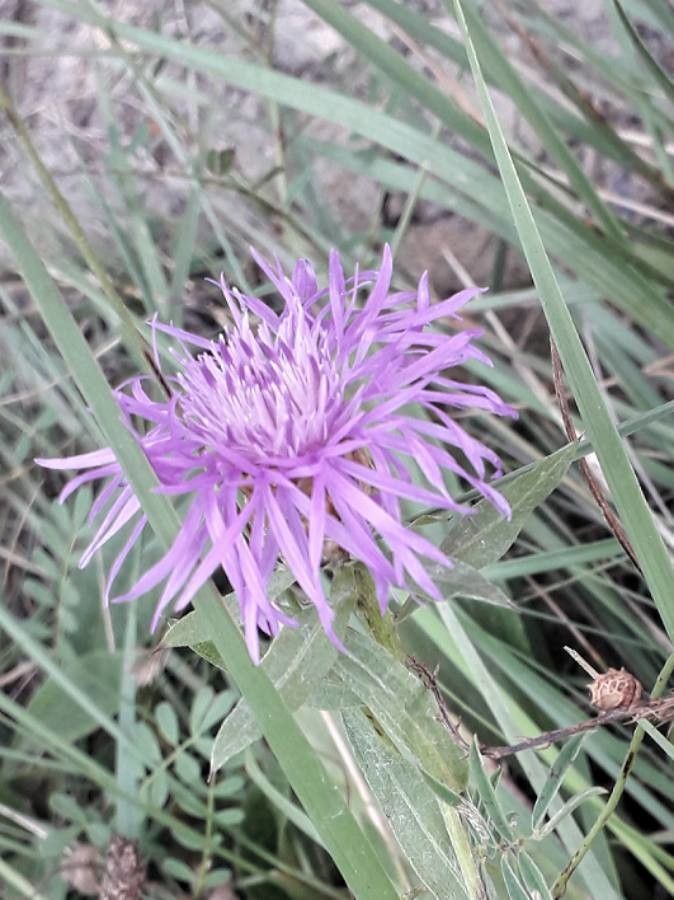# Sichuan Pepper: A Gardener's Guide to This Zesty Spice
The Sichuan pepper ( *Zanthoxylum simulans*), a member of the Rutaceae family (the same family as citrus fruits), isn't technically a peppercorn. Its unique, tingling sensation on the tongue comes from a chemical compound called hydroxy-alpha-sanshool, which triggers a different kind of heat than capsaicin found in chili peppers. This fascinating plant is prized for its distinctive citrusy and numbing flavor, a staple in Sichuan cuisine and increasingly popular globally.
### Habitat and Growth
Native to the Sichuan province of China, this hardy plant thrives in warm, temperate climates. It prefers well-drained soil and can tolerate a range of soil types, although it thrives in slightly acidic conditions. Sichuan pepper is a deciduous shrub, meaning it loses its leaves in the winter. It can grow to a height of 10-15 feet, making it suitable for both containers and larger gardens. Providing adequate space is important for optimal growth and berry production.
### Sun Exposure and Soil Needs
While Sichuan pepper enjoys plenty of sunlight, it can also tolerate some shade, particularly in hotter climates. Six to eight hours of direct sunlight per day is ideal. The soil should be well-drained; waterlogged conditions can lead to root rot. The pH should ideally be slightly acidic, around 6.0 to 7.0. Adding organic matter like compost can improve soil structure and drainage while enriching the soil with nutrients.
### Propagation and Planting
Sichuan pepper can be propagated from seeds or cuttings. Seed propagation is less reliable, while stem cuttings taken in late spring or early summer tend to root more readily. When planting, ensure the roots are not overcrowded. A spacing of 3-4 feet between plants is recommended, allowing adequate room for growth.
### Harvesting and Using Sichuan Peppercorns
The small, pea-sized berries that give the plant its name ripen in late summer or early autumn, turning a reddish-pink color. Harvesting involves collecting these berries, drying them thoroughly, and then removing the outer husks. These dried berries are then ground or crushed before use in culinary applications. The peppercorns can be used whole, ground, or even as a tincture. It's crucial to note that the outermost layer of the berry contains the compound responsible for the tingling sensation, so removing the inner seeds might alter the intensity of the flavor.
### Pest and Disease Management
Sichuan pepper is relatively pest and disease-resistant, however, like any plant, it's still vulnerable to certain problems. Regular inspections will help in early detection. A healthy plant is better able to defend itself, which makes proper care even more important. Maintain good air circulation and avoid overwatering to minimize the risk of fungal diseases.
### Culinary Uses
Sichuan peppercorns are incredibly versatile. They are used in a wide variety of dishes, often combined with other spices to create complex and delicious flavor profiles. They are frequently incorporated into marinades, sauces, spice blends, and even added to desserts for an unexpected kick. Experiment with its unique flavour and discover its versatility in the kitchen!
Sichuan Pepper: Grow This Zesty Plant!

Frequently Asked Questions
How to grow Sichuan pepper plants?
Sichuan pepper prefers well-drained, slightly acidic soil (pH 6.0-7.0) and 6-8 hours of sunlight. Propagation is best achieved via stem cuttings in late spring/early summer. Ensure adequate spacing between plants (3-4 feet).
What kind of soil does Sichuan pepper need?
Sichuan pepper thrives in well-drained soil with a slightly acidic pH of around 6.0 to 7.0. Adding organic matter like compost will improve drainage and provide essential nutrients.


